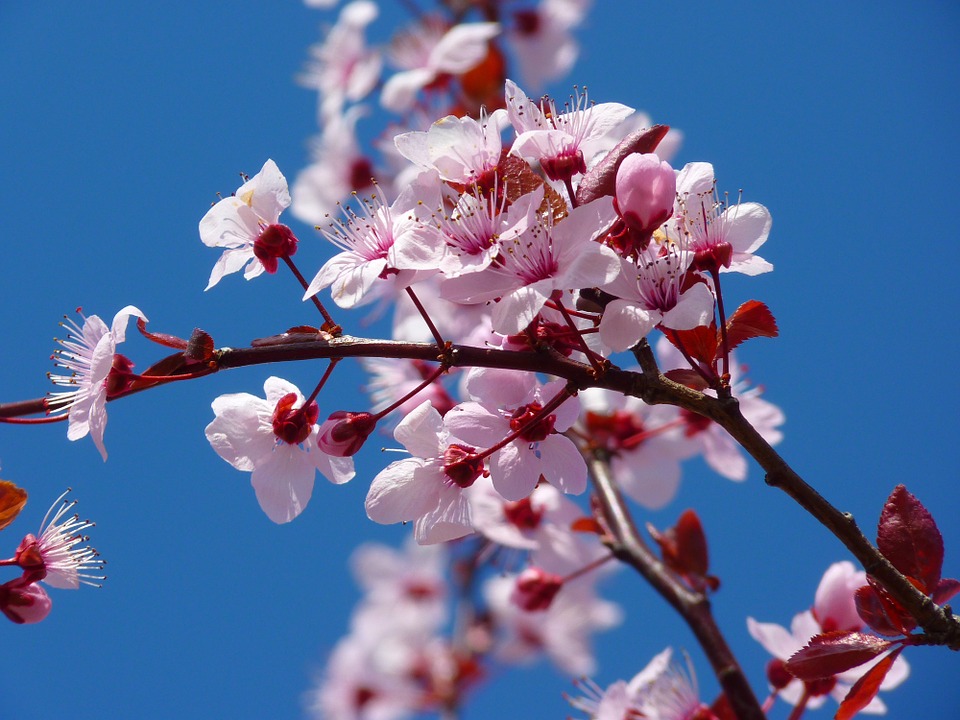What is the difference between Mahayana and Hinayana Buddhism? It is a matter of having bodhicitta or not.
What is bodhicitta? The answer is simple and known to everyone, at least in words: bodhicitta is the wish to attain Buddhahood so as to be able to liberate all sentient beings. But in practice, it is not so easy at all. Even some senior monks and people who claim to be yogis of the Great Perfection school or Vajrayana practitioners have yet developed genuine renunciation and bodhicitta.
~ Depicted from Luminous Wisdom Book Series 3












